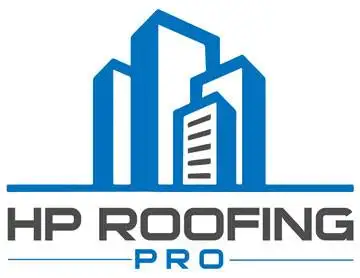Mon - Fri 7:00 am - 4:30 pm
601 South Palm Ave, Alhambra, CA 91803
Posted by thomas ferriere No Comments on Navigating the Complexities of Commercial Roofing Compliance Uncategorized
Navigating the Complexities of Commercial Roofing Compliance
Impact of Legal and Regulatory Changes on Southern California Properties
In the bustling world of commercial property management, there’s a critical yet often overlooked player: the roof. Commanding vital operational aspects, commercial roofing systems also obey intricate legal and regulatory guidelines. Let’s traverse this complex maze together, focusing on how building codes, zoning laws, and environmental regulations shape the life-cycle of your commercial roofing in Southern California, including Los Angeles, San Bernardino, Orange County, Riverside County, Venture County, and San Diego County.
The Rising Bar of Energy Efficiency
As stricter energy efficiency standards become the norm, our role as trusted roofing professionals is to ensure your commercial roofing doesn’t just meet but surpasses these requirements. This impacts the choice of materials and design and affects the insulation and ventilation aspects of your roofing systems.
The Price of Compliance
Let’s step into the reality of compliance. Consider an office building in Orange County, cited for non-compliance due to poor roof insulation that fell below the energy standards. Not only did the owners pay hefty penalties, but the cost of redoing the insulation also took a toll. Clearly, understanding and adhering to building codes can save you from similar financial and operational nightmares.
Embracing Green Roofing Mandates
Our industry is witnessing a tidal wave of sustainable practices. From lush vegetative roofs that reduce storm-water runoff to cool roofing systems that reflect more sunlight and emit heat more efficiently than traditional roofs. In places like Los Angeles or San Bernardino, these aren’t just trends; they’re now part of the roofing mandates.
Sustainability Meets Legislation
These environment-friendly practices are being woven into local and federal regulations. A Riverside County retail center, for instance, was able to offset the installation costs of a solar-paneled roofing system through federal tax credits and local incentives. Being savvy about such policies can make sustainable roofing solutions more affordable.
How Zoning Influences Roofing Choices
Zoning laws greatly shape commercial roofing projects. For example, a height restriction in Ventura County could dictate the type of roofing system employed, where low-profile designs would be advantageous. Understanding these nuances can lead to optimized decisions for your property.
Navigating Roofing Projects in Historic Zones
Retrofitting roofs on historic buildings poses unique challenges. Recounting our experience with a San Diego County landmark, we had to navigate stringent guidelines to maintain architectural integrity while ensuring the updated roof complied with current codes. Working with experienced professionals who understand these dynamics is crucial.
Staying Ahead of the Curve
In this dynamic landscape of commercial roofing compliance, staying updated is key. Shifting building codes, evolving sustainability mandates, and intricate zoning laws are not just regulatory speed bumps but integral factors influencing your property’s resilience, value, and legality. Our mission at HProofingPro is to help you through this maze, ensuring your commercial roofs remain sustainable, compliant, and investment-worthy.
Interested in learning more? Let’s embark on your roofing project together. Please get in touch with us for insightful and trusted advice on navigating the commercial roofing landscape in Southern California.
Recent Posts
Categories
Recent Posts
Do you have any questions?
Contact us at The HP Roofing PRO office or submit a business inquiry online
Contact Us






